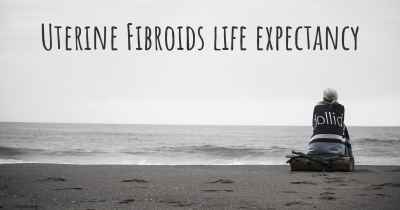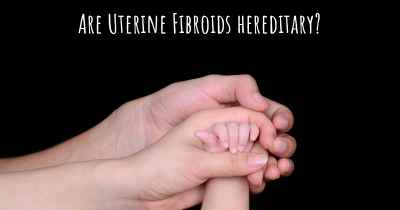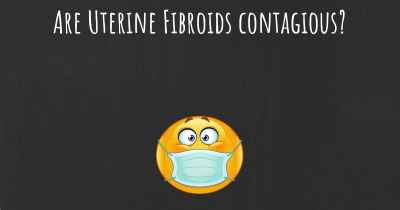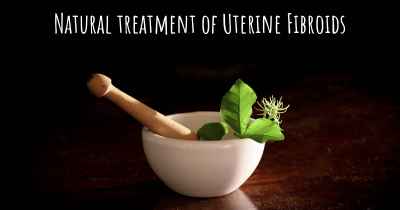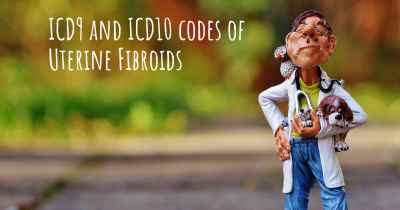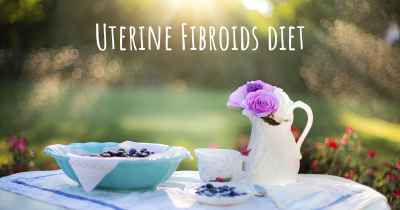What are the latest advances in Uterine Fibroids?
Here you can see the latest advances and discoveries made regarding Uterine Fibroids.
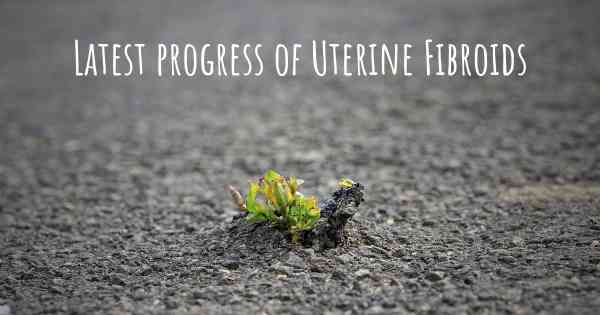
Latest Advances in Uterine Fibroids
Uterine fibroids, also known as leiomyomas, are noncancerous growths that develop in the uterus. They are quite common, affecting a significant number of women during their reproductive years. While fibroids are generally benign, they can cause a range of symptoms such as heavy menstrual bleeding, pelvic pain, and reproductive issues. Over the years, there have been several advances in the diagnosis and treatment of uterine fibroids, offering new hope to women dealing with this condition.
1. Improved Diagnostic Techniques:
Accurate diagnosis is crucial for effective management of uterine fibroids. In recent years, there have been advancements in diagnostic techniques that have enhanced the ability to detect and characterize fibroids. One such technique is magnetic resonance imaging (MRI), which provides detailed images of the uterus and fibroids. MRI can help determine the size, location, and number of fibroids, aiding in treatment planning.
2. Minimally Invasive Treatments:
Traditionally, surgical procedures such as hysterectomy (removal of the uterus) or myomectomy (removal of fibroids) were the primary treatment options for uterine fibroids. However, advancements in minimally invasive techniques have revolutionized fibroid treatment. One such technique is uterine artery embolization (UAE), where tiny particles are injected into the blood vessels supplying the fibroids, cutting off their blood supply and causing them to shrink. Another minimally invasive option is focused ultrasound surgery (FUS), which uses high-intensity ultrasound waves to destroy fibroids without any incisions.
3. Hormonal Therapies:
Hormonal therapies have shown promise in managing fibroid symptoms. Gonadotropin-releasing hormone (GnRH) agonists, for example, can temporarily shrink fibroids by suppressing estrogen production. This can help alleviate symptoms such as heavy bleeding and pelvic pain. Additionally, selective progesterone receptor modulators (SPRMs) have been developed to target progesterone receptors in fibroids, leading to their regression.
4. Non-Invasive Radiofrequency Ablation:
Radiofrequency ablation (RFA) is a relatively new technique that offers a non-invasive treatment option for uterine fibroids. It involves using ultrasound guidance to deliver controlled radiofrequency energy to the fibroids, heating and destroying the tissue. RFA has shown promising results in reducing fibroid size and alleviating symptoms, with minimal recovery time and few complications.
5. Personalized Treatment Approaches:
Advancements in understanding the genetic and molecular characteristics of fibroids have paved the way for personalized treatment approaches. By analyzing the specific genetic alterations present in fibroids, researchers are developing targeted therapies that can inhibit the growth of fibroids or induce their regression. This personalized approach holds great potential for more effective and tailored treatment options in the future.
Conclusion:
The field of uterine fibroid research and treatment has witnessed significant advancements in recent years. Improved diagnostic techniques, minimally invasive treatments, hormonal therapies, non-invasive radiofrequency ablation, and personalized treatment approaches have all contributed to better outcomes for women with fibroids. These advancements offer hope for improved symptom management, reduced invasiveness, and enhanced quality of life for those affected by uterine fibroids.
